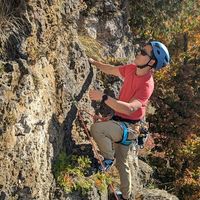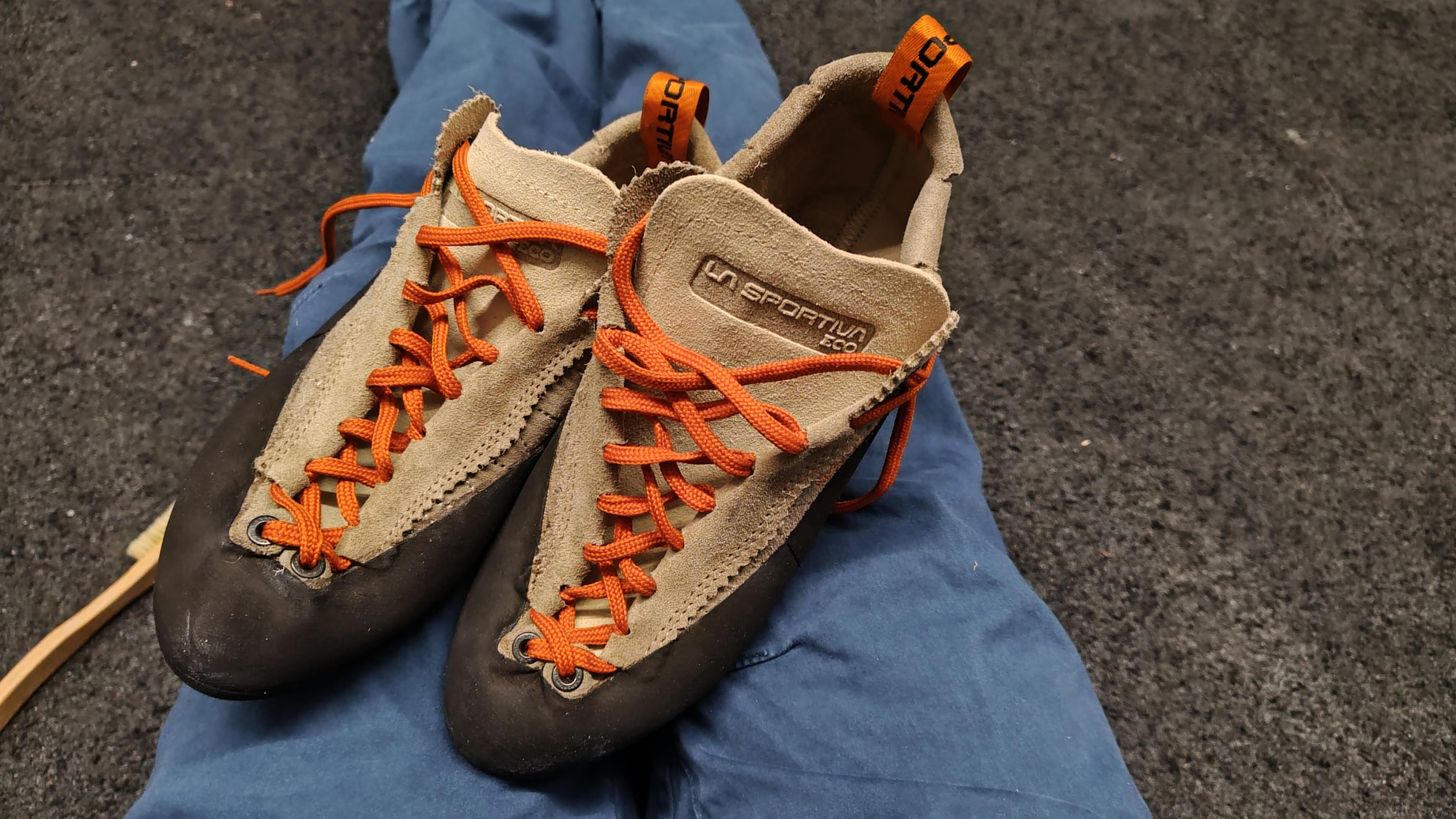Ooo!!
General Climbing
2
Posts
2
Posters
143
Views
-
Ooo!! New shoe day!!
 Well- I say "new" but I'm now onto my fourth pair of La Sportiva Mythos! #Climbing #IndoorClimbing
Well- I say "new" but I'm now onto my fourth pair of La Sportiva Mythos! #Climbing #IndoorClimbing -
 S Sport Channel shared this topic on
S Sport Channel shared this topic on
-
Ooo!! New shoe day!!
 Well- I say "new" but I'm now onto my fourth pair of La Sportiva Mythos! #Climbing #IndoorClimbing
Well- I say "new" but I'm now onto my fourth pair of La Sportiva Mythos! #Climbing #IndoorClimbingBack in the day, these were the first genuinely comfortable shoes on the market, and we all went bananas for them. Unfortunately, the uppers were made of tissue paper (and not the expensive stuff) and fell apart literally in weeks.
The next generation seemed stiffer and a bit less accommodating for those of us with hobbit feet. Real shame, as performance-wise they were brilliant.
-
 D devnull shared this topic on
D devnull shared this topic on
